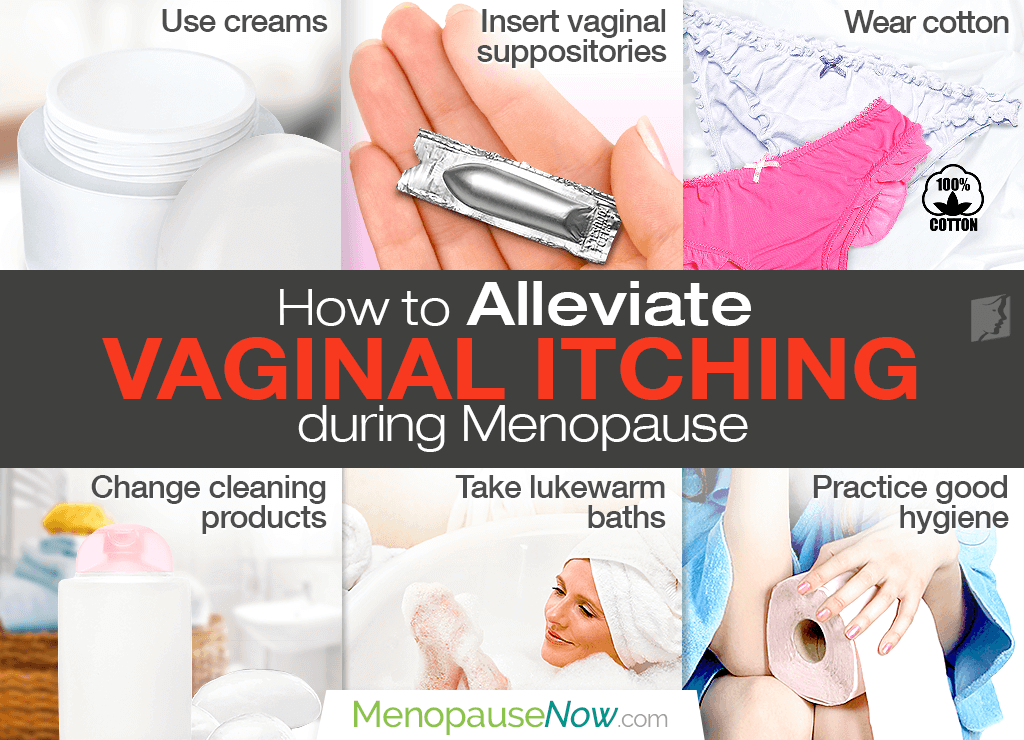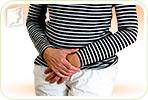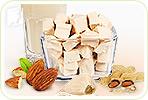Vaginal dryness is one of the symptoms that can cause great discomfort during menopause, affecting up to 50% of middle-aged women.1 For some, it is primarily associated with painful intercourse, whereas for others, vaginal dryness can cause bothersome itchiness.
Read on to discover the best menopause vaginal itching treatment options and enhance your intimate well-being for years to come!
Use Vaginal Estrogen
Vaginal estrogen creams or suppositories contain a lower dose of estrogen that works locally, as opposed to oral hormone replacement therapy (HRT), which gets absorbed into the bloodstream throughout the body.2
Insert Vaginal Suppositories
Natural suppositories, such as those containing vitamin E, have been found to relieve symptoms of menopausal vagina itching and other symptoms of vaginal atrophy.3 These effects make them a good option for women who do not want to or cannot undergo hormone therapy.
Wear Loose, Cotton Underwear and Clothing
Tight clothing and synthetic underwear can enhance discomfort. Opt for apparel that is loose in the crotch area and vagina-friendly cotton underwear, rather than nylon. If you're home, go without underwear as this will allow your private areas to breathe some.
Practice Good Personal Hygiene
Proper hygiene is also essential in menopause vaginal itching treatment. After a bowel movement, make sure to wipe from front to back to avoid bacteria from the anus entering the vagina. After a shower or bath, pat the outer parts of the vagina dry with a soft, clean towel.
Change Cleaning Products
Avoid vaginal care products with multiple ingredients as they could contain chemicals that cause further irritation. To cleanse the area, use your hand instead of a washcloth and opt for mild, unscented soaps if you choose to use more than just water
Avoid Hot Baths
Since they can exacerbate vaginal itchiness, avoid taking hot baths. Instead, take showers or fill your tub with lukewarm water. You may also try adding some colloidal oatmeal or baking soda to your bath as both have shown they are safe and effective in relieving skin irritations and itchiness.4,5
Conclusions
It is important to keep in mind that while vaginal itching is common during menopause, it can also indicate an infection of the reproductive tract. As such, it should be evaluated by a doctor.
For long-lasting menopausal vaginal itching treatment, it is key to deal with the root cause of vaginal dryness. By leading a healthy lifestyle that consists of eating a well-balanced diet, practicing wholesome habits, and taking alternative medicine, the hormonal imbalance which leads to vaginal dryness and itchiness can be resolved. Read on for vaginal dryness treatments that will bring your long-lasting relief.
Sources
- Harvard Health Publishing. (2018). Managing common vulvar skin conditions. Retrieved March 14, 2019, from https://www.health.harvard.edu/staying-healthy/managing_common_vulvar_skin_conditions
- Letscher-Bru, V. et al. (2013). Antifungal Activity of Sodium Bicarbonate Against Fungal Agents Causing Superficial Infections. Mycopathología, 175(1-2), 153-158. doi: 10.1007/s11046-012-9583-2
- University of Michigan. (2015). Comfort Measures to Decrease Vulvar Irritation Itching, and Pain. Retrieved February 20, 2020 from https://www.med.umich.edu/1libr/Gyn/ObgynClinic/ComfortMeasuresVulvarIrritationItchingPain.pdf
Footnotes:
- Harvard Health Publishing. (2019). Don't ignore vaginal dryness and pain. Retrieved February 20, 2020 from https://www.health.harvard.edu/womens-health/dont-ignore-vaginal-dryness-and-pain
- Mayo Clinic. (2019). Vaginal atrophy. Retrieved February 20, 2020 from https://www.mayoclinic.org/diseases-conditions/vaginal-atrophy/diagnosis-treatment/drc-20352294
- Iranian Journal of Nursing and Midwifery Research. (2016). A survey of the therapeutic effects of Vitamin E suppositories on vaginal atrophy in postmenopausal women. Retrieved February 20, 2020 from https://www.ncbi.nlm.nih.gov/pmc/articles/PMC5114791/
- Clinical, Cosmetic and Investigational Dermatology. (2012). Safety and efficacy of personal care products containing colloidal oatmeal. Retrieved February 20, 2020 from https://www.ncbi.nlm.nih.gov/pmc/articles/PMC3508548/
- University of Iowa. (2018). Vulvar skin care guidelines. Retrieved February 20, 2020 from https://uihc.org/health-topics/vulvar-skin-care-guidelines




